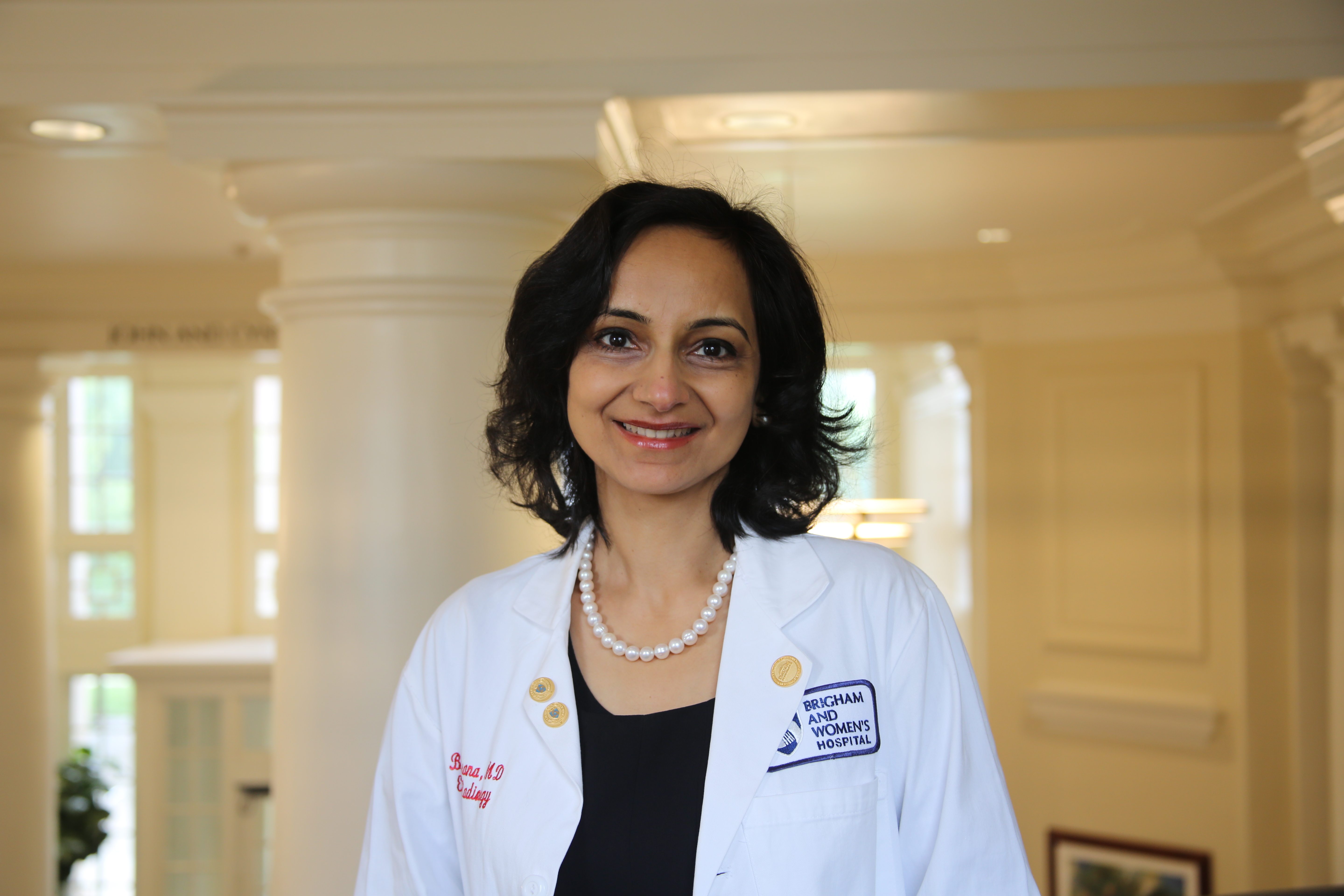The Open Anatomy Project
This year’s BRIght Futures Prize finalists are pursuing forward-thinking and inventive research to improve patient care. Each of the three finalists hopes to receive the $100,000 BRIght Futures Prize, which will be awarded at Discover Brigham on Wednesday, Nov. 7. Read about their work below, and vote for your choice.

 Michael Halle, PhD
Michael Halle, PhD
Investigator, Department of Radiology
What problem are you trying to solve?
Anatomy atlases – illustrated, annotated collections of anatomical knowledge – are a cornerstone of modern medical training and education. Doctors depend on them throughout medical school and their professional practice to guide critical medical decisions every day.
However, today’s anatomy atlases don’t live up to their full potential. Atlases can be very expensive and aren’t always translated into local languages, which limits their availability in countries or regions where medical training is desperately needed. Individual atlases from a single publisher also don’t reflect different expert viewpoints about our ever-evolving understanding of human anatomy.
What is your solution?
We are developing an entirely new type of anatomy atlas: An open, ever-growing, easily accessible library of anatomical knowledge built by a global community of expert physicians, researchers and illustrators. This online resource will be available to anyone, anywhere, for any purpose, for free.
We want to revolutionize the anatomy atlas the same way that Wikipedia revolutionized the encyclopedia. Our atlases are the product of the collective knowledge and experience of experts throughout the world, rather than relying on just a single medical authority. This approach will allow us to publish atlases created and edited by leading anatomists based on the latest high-resolution medical imaging. Our atlases can explain typical anatomy, normal variations, and even disease.
Anyone can access our atlases using an ordinary web browser, making them instantly available to practicing physicians, medical students and the public throughout the world. What’s more, all the information in each atlas – including three-dimensional models of organs, medical images and descriptions – can be used as building blocks for new atlases and for new applications we cannot yet imagine.
We already have developed a core collection of atlases by medical experts from Brigham and Women’s Hospital, including a highly detailed atlas of the brain, available on the web at openanatomy.org. But this is just the start. We want the Open Anatomy Project to be home for the world’s most useful, accessible and up-to-date anatomy information.
How will your research project benefit people?
The Open Anatomy Project will deliver essential medical knowledge to places it’s needed most: regions of the world where traditional atlases are currently not available.
We have colleagues in the major teaching hospitals in Senegal, Mauritania and Mozambique ready to use our atlases and software tools to train the next generation of Africa’s doctors.
The BRIght Futures Prize will enable us to meet the teaching needs of our African partners. Working closely with them, we will adapt our atlases for their curriculum. We will translate our atlases, software and documentation for each country. And we will improve our software tools to work well in classrooms that don’t have access to high-speed internet.
This opportunity will allow us to make Open Anatomy widely available throughout the world.
Collaborators and Affiliations
Ron Kikinis, MD, founder and director, Surgical Planning Laboratory (SPL), Department of Radiology
Sonia Pujol, PhD, research scientist, SPL, Department of Radiology
CAST YOUR VOTE
or read more about the other BRIght Futures finalists:
 Making the Invisible Visible: Bringing Making the Invisible Visible: BringingIntimate Partner Violence into Focus |


Leave a Reply